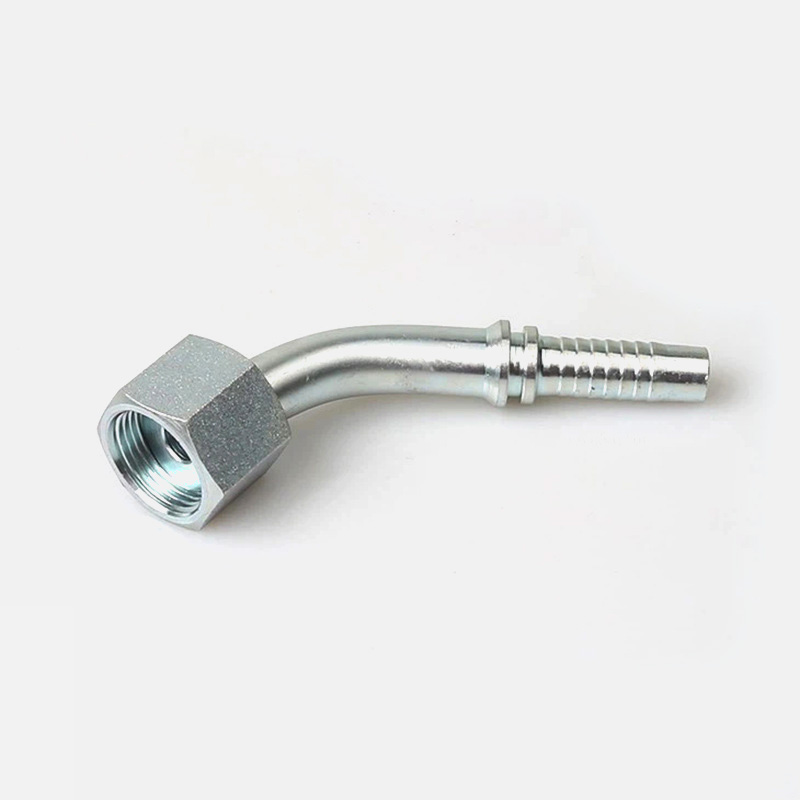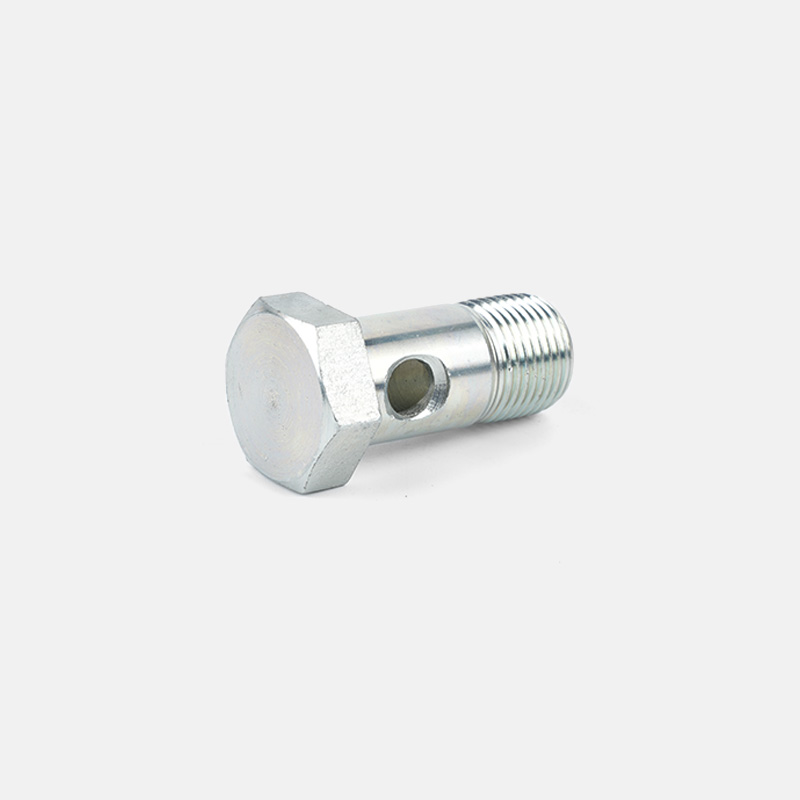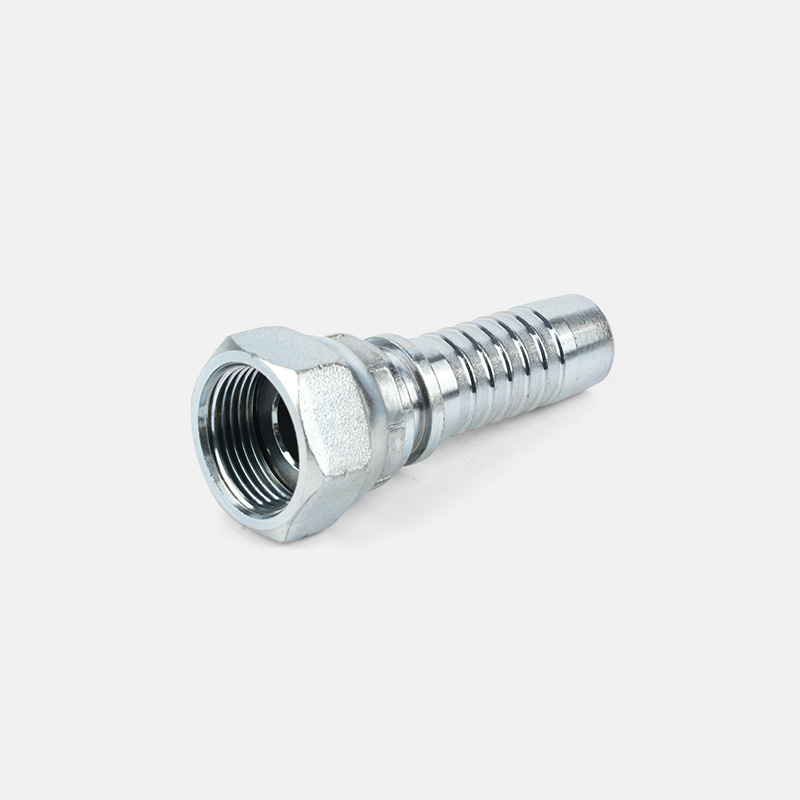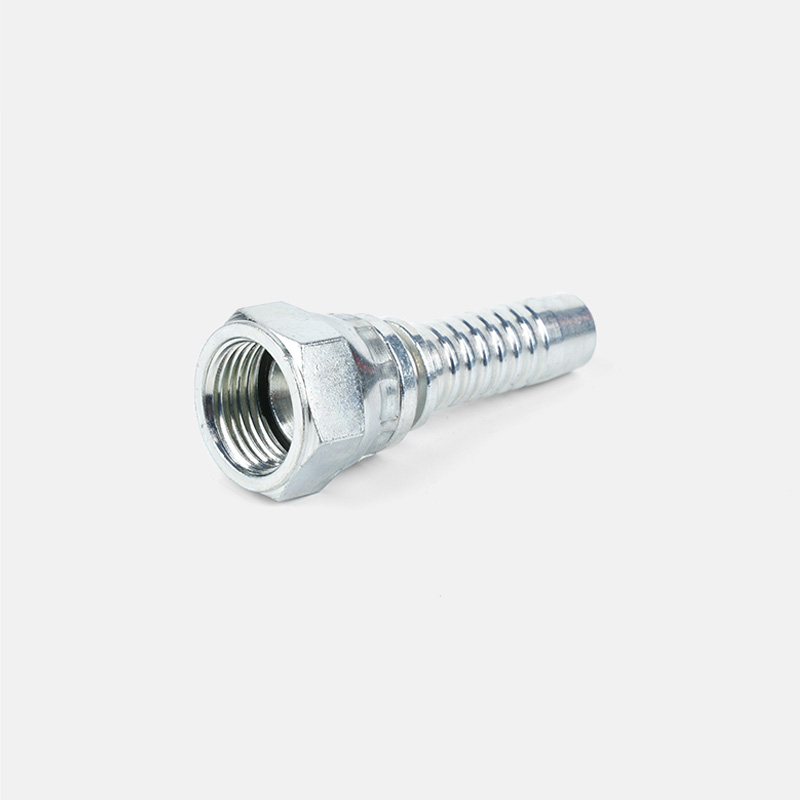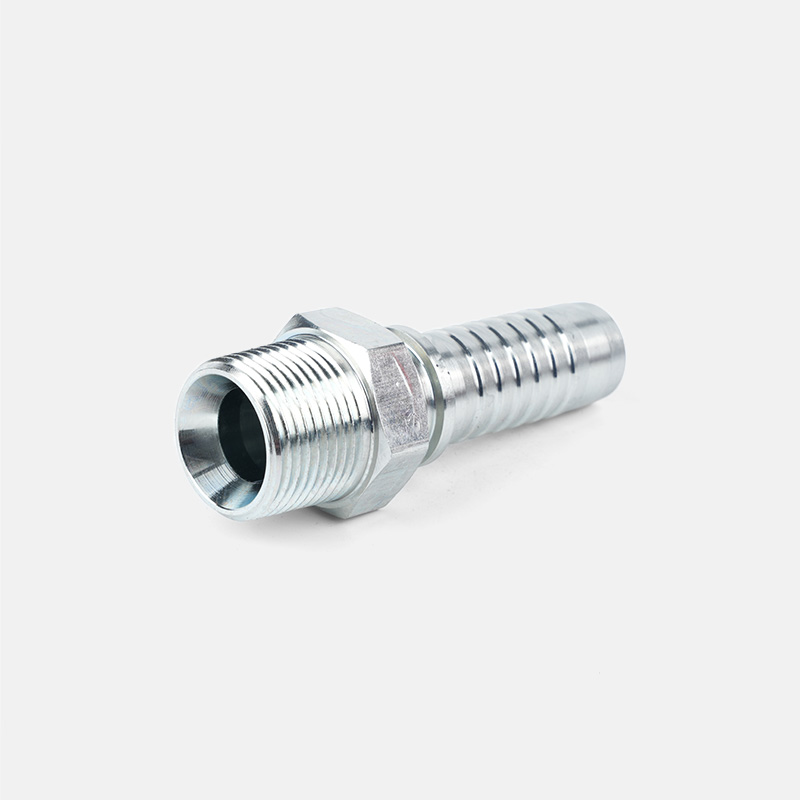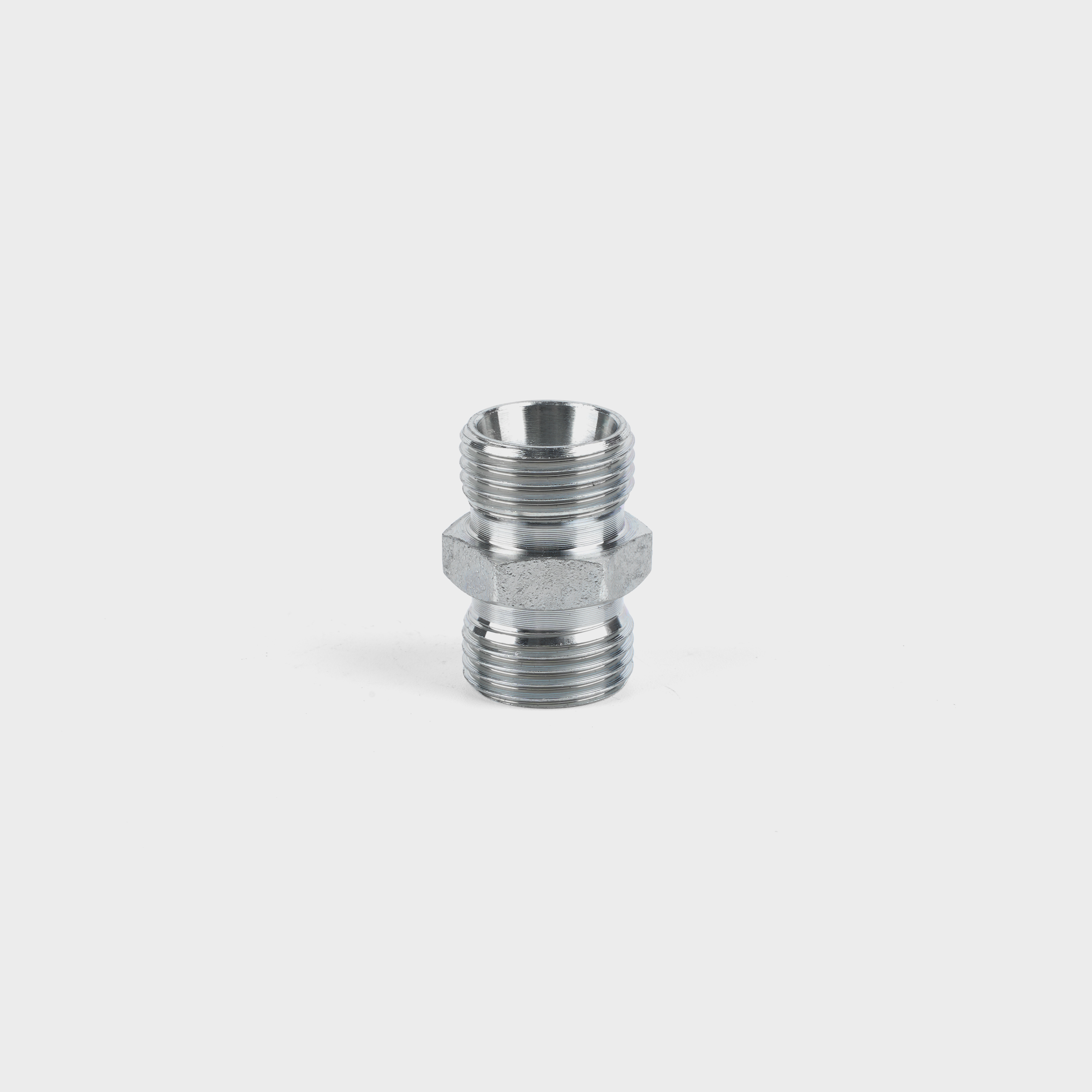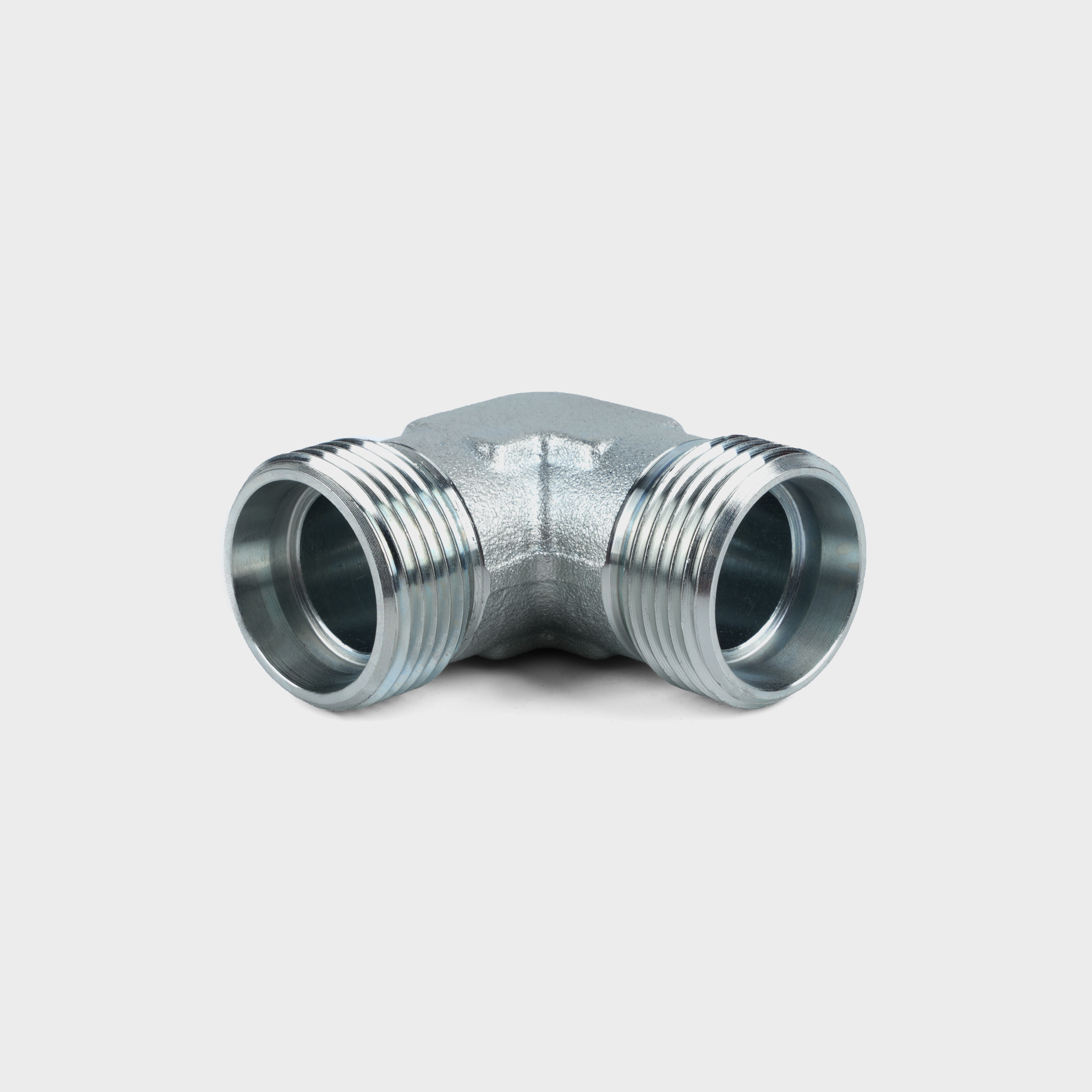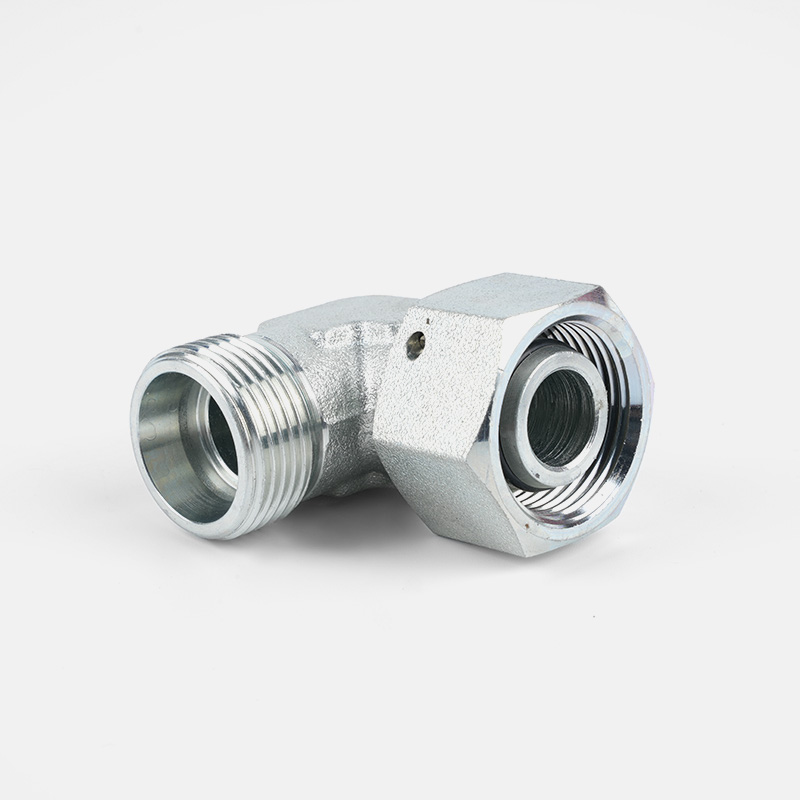Language
ENGHydraulic Adapters Guide: Types, Applications, and Benefits Explained
 2025.06.23
2025.06.23
 industy news
industy news
Hydraulic adapters are essential components in hydraulic systems, providing secure and leak-free connections between hoses, tubes, and pipes. Understanding the different types of hydraulic adapters, their various applications, and the benefits they offer is crucial for engineers, technicians, and industry professionals aiming to maximize system performance and durability.
What Are Hydraulic Adapters?
Hydraulic adapters, often called hydraulic fittings or connectors, are specialized components used to join different parts of a hydraulic system, such as hoses, pipes, and tubes. Their primary purpose is to ensure fluid flows seamlessly under high pressure without leakage. Hydraulic adapters are designed to withstand extreme operating conditions including high pressure, temperature fluctuations, and mechanical vibrations. Choosing the right hydraulic adapter is critical to avoid hydraulic system failures and costly downtime.
Types of Hydraulic Adapters
Hydraulic adapters come in various shapes and sizes to accommodate different hydraulic system designs and requirements. Below are the most common types:
1. Straight Adapters
Straight adapters connect two components in a direct line, maintaining fluid flow with minimal resistance. They are widely used in hydraulic lines where space is not a constraint. These adapters are essential for creating seamless, inline connections and are compatible with multiple thread standards such as NPT, BSP, and JIC.
2. Elbow Adapters (45°, 90°)
Elbow adapters are designed to change the direction of the hydraulic flow by 45 or 90 degrees. This is particularly useful in compact hydraulic systems where space is limited, and hoses need to be routed around obstacles. Using elbow adapters can reduce hose wear and increase system longevity.
3. Tee Adapters
Tee adapters split or combine hydraulic fluid flow into multiple directions. They allow branching from one line into two or merging flows from two lines into one. This type of adapter is common in complex hydraulic circuits such as those found in industrial machinery.
4. Flare Adapters
Flare adapters use a flared end on tubing to create a tight, pressure-resistant seal. They are ideal for high-pressure hydraulic systems and are often found in automotive and aerospace applications. Their design provides excellent leak resistance and ease of installation.
5. JIC (Joint Industry Council) Adapters
JIC adapters feature a 37° flare angle which ensures a reliable, metal-to-metal seal. They are popular in industrial and mobile hydraulic applications due to their robust sealing performance and compatibility with a wide range of hoses and tubes.
6. ORFS (O-Ring Face Seal) Adapters
ORFS adapters use an O-ring between the flat face of the adapter and the connected component, providing an excellent seal that prevents leaks even under high pressure and vibration. These are preferred in heavy-duty applications requiring a durable and reusable seal.
7. NPT (National Pipe Thread) Adapters
NPT adapters use tapered threaded connections to seal hydraulic lines. While widely used due to their availability and low cost, NPT fittings require sealing compounds or tapes to ensure leak prevention. They are commonly used in lower pressure hydraulic systems and industrial piping.
Applications of Hydraulic Adapters
Hydraulic adapters find extensive use across numerous industries due to their versatility and reliability.
Construction Machinery: Hydraulic adapters connect pumps, cylinders, and motors, ensuring reliable operation in equipment such as excavators, loaders, and cranes.
Agricultural Equipment: Tractors, combines, and sprayers depend on hydraulic adapters for efficient power transmission and precise control of hydraulic implements.
Automotive Industry: In vehicles, hydraulic adapters are critical components in braking systems, power steering units, and suspension systems.
Industrial Manufacturing: Hydraulic presses, machine tools, and automated robots use adapters to ensure smooth hydraulic fluid flow under high pressure.
Marine Applications: Hydraulic steering systems, winches, and stabilizers rely on corrosion-resistant hydraulic adapters to maintain performance in harsh marine environments.
Benefits of Using Hydraulic Adapters
Hydraulic adapters offer several significant benefits that contribute to the overall efficiency and safety of hydraulic systems:
Leak Prevention: Properly designed hydraulic adapters create secure, leak-proof connections, minimizing fluid loss and environmental hazards.
Versatility: With a wide variety of sizes, thread types, and shapes, hydraulic adapters can be tailored to fit almost any hydraulic configuration.
Durability: Manufactured from high-quality materials like carbon steel, stainless steel, and brass, hydraulic adapters resist corrosion, abrasion, and pressure-induced fatigue.
Ease of Maintenance: Hydraulic adapters allow quick disassembly and reassembly for inspection, repairs, or replacement, reducing system downtime.
Cost-Effectiveness: Investing in high-quality hydraulic adapters reduces repair costs, prevents hydraulic failures, and improves overall operational efficiency.
How to Choose the Right Hydraulic Adapter
Selecting the appropriate hydraulic adapter involves considering multiple factors to ensure compatibility and performance:
Pressure Rating: Verify that the adapter’s pressure rating meets or exceeds your hydraulic system’s maximum operating pressure.
Compatibility: Match the adapter’s thread type (e.g., NPT, JIC, BSP) and size with your hydraulic components to ensure a proper fit.
Material Selection: Choose materials based on the hydraulic fluid used and environmental conditions. Stainless steel offers corrosion resistance, while carbon steel provides strength at a lower cost.
Application Requirements: Consider factors like operating temperature, mechanical vibration, and available installation space when selecting adapter types.
Sealing Requirements: Determine if metal-to-metal sealing, O-ring seals, or tapered threads are necessary based on your system’s leakage tolerance and maintenance frequency.


